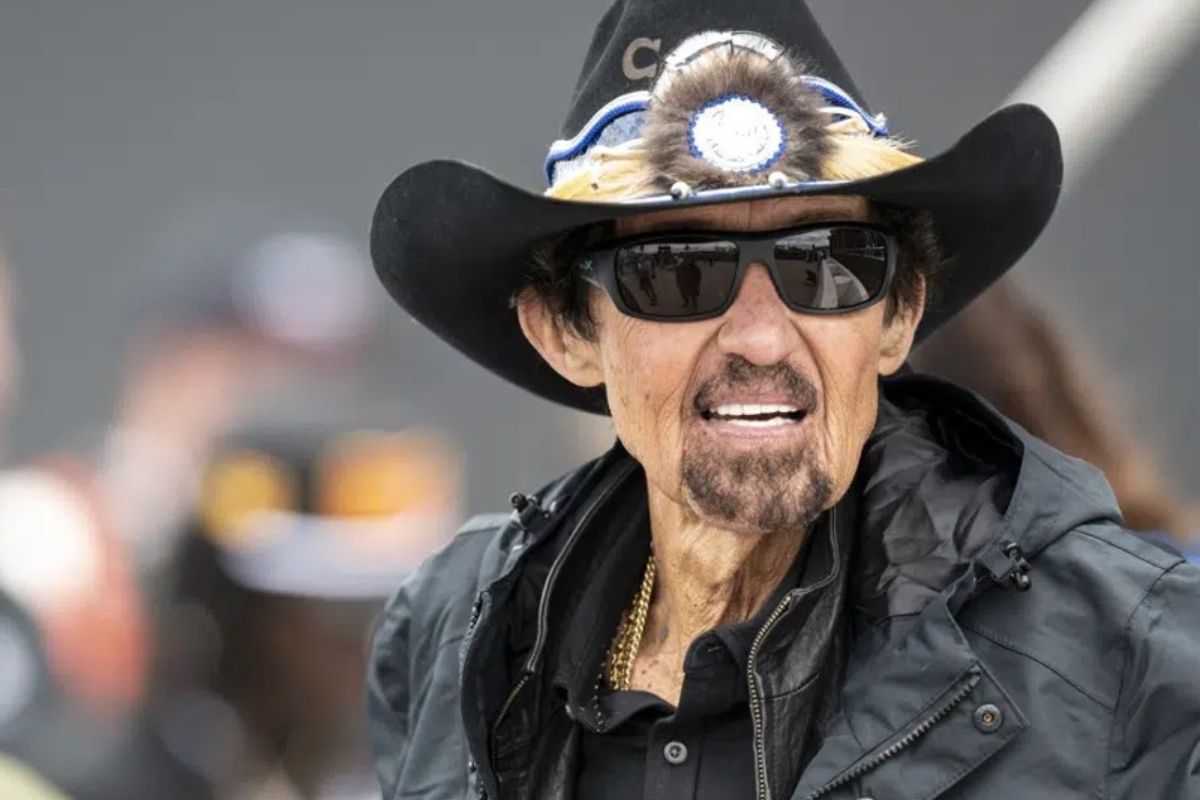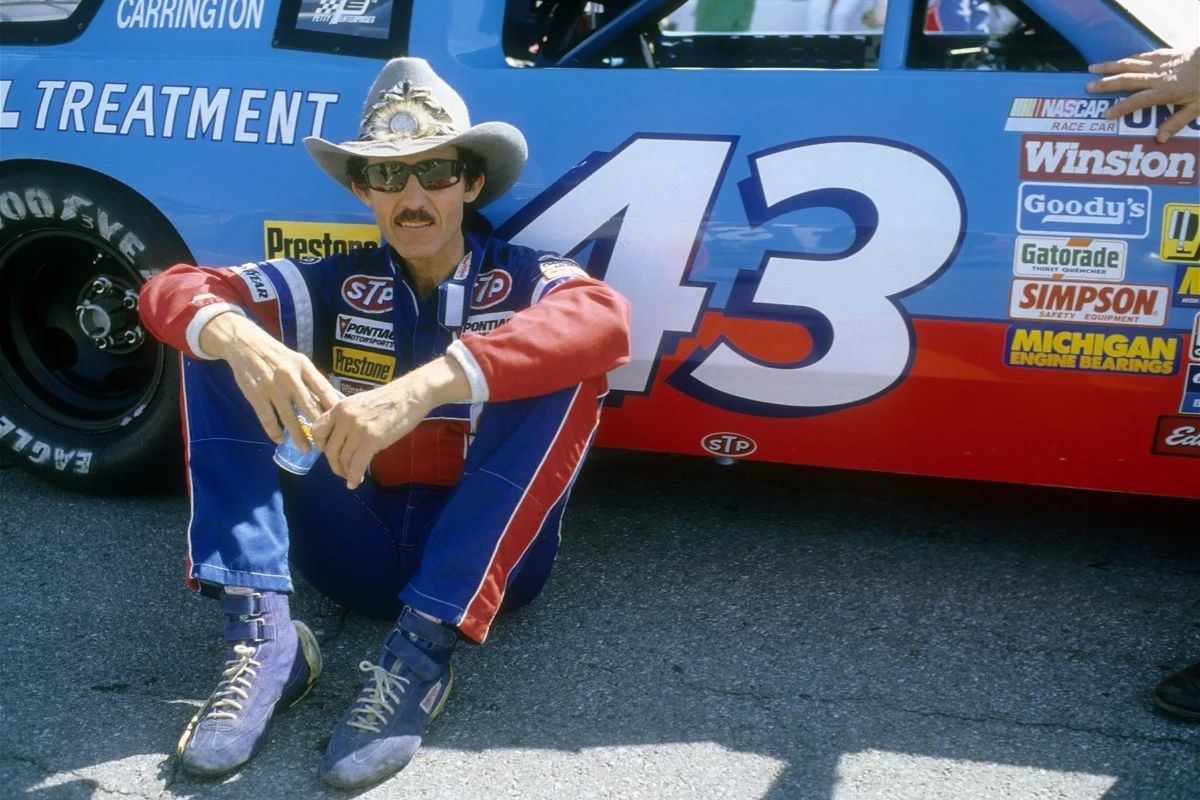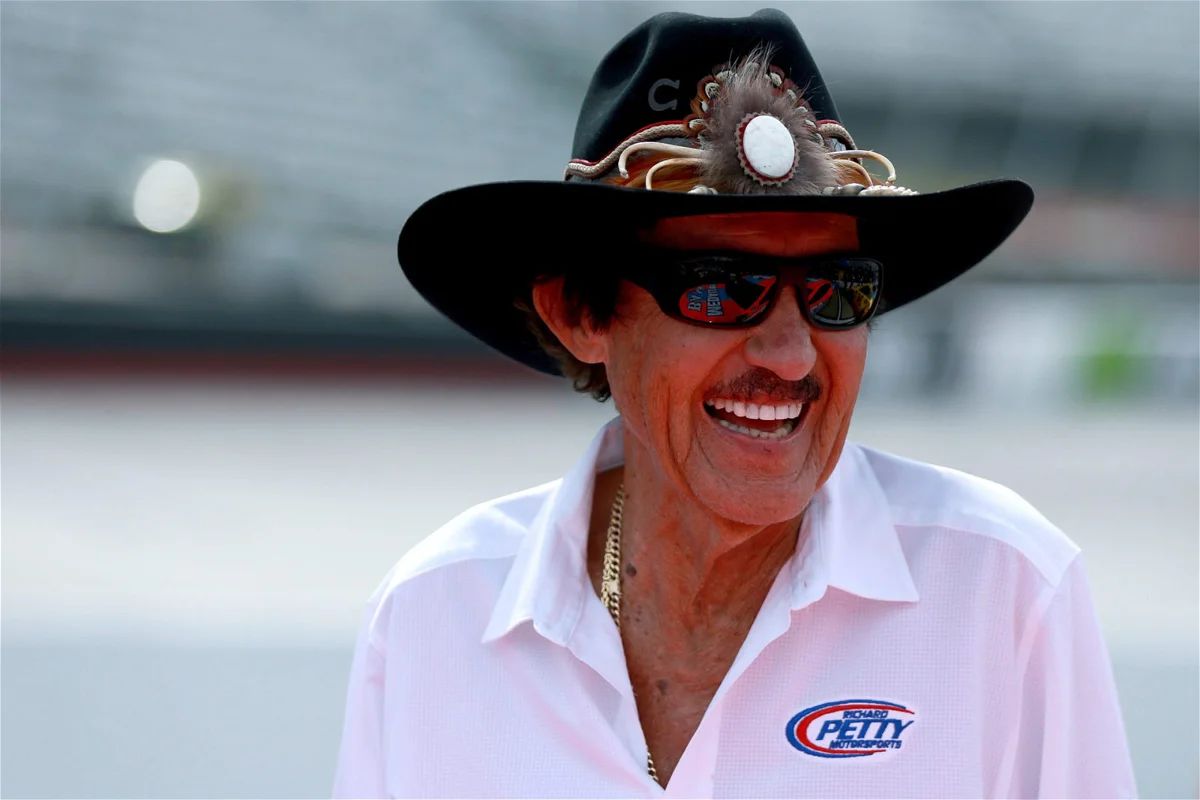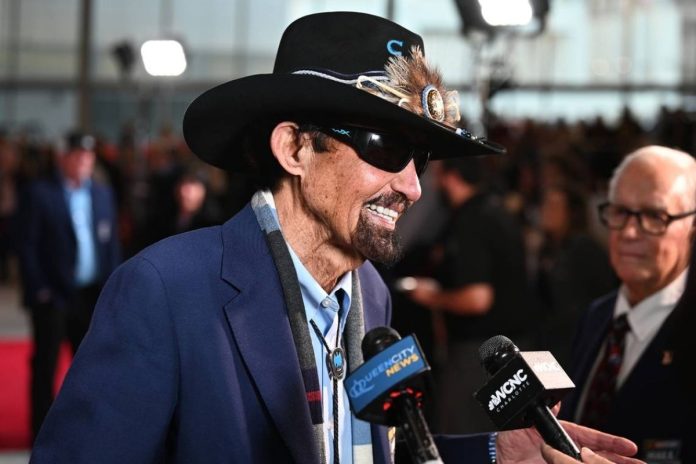Richard Petty’s Darlington Crash: The life threatening incident at Darlington in 1970, involving Richard Petty, highlighted the delicate balance between speed and safety in NASCAR’s arena. This crash, nearly costing Petty his eyesight, not only emphasized the inherent risks faced by drivers but also acted as a crucial moment for motorsports safety demand. It propelled NASCAR into a new era of safety consciousness, leading to significant innovations and protocols aimed at safeguarding the lives of its drivers. As we reflect on this critical stage in racing history, one must consider the enduring impact of Petty’s experience on the continuous evolution of motorsport safety measures. What further advancements might this historical event inspire in the field of racing safety?
Key Takeaways
- Richard Petty’s crash at Darlington in 1970 was a near-fatal incident, highlighting the dangers of racing.
- The crash was caused by an unforeseen mechanical failure, showing the unpredictability of motorsports accidents.
- Petty’s experience led to significant safety innovations in NASCAR, including the introduction of window nets.
- The incident showcased the thin line between victory and tragedy in racing, emphasizing the need for rigorous safety protocols.
- Petty’s demand for safer racing conditions has contributed to NASCAR’s ongoing commitment to enhancing safety measures.
NASCAR’s Commitment to Safety
NASCAR’s strong commitment to safety has led to the implementation of numerous advancements, such as the SAFER Barrier Line and energy-absorbing foam panels, greatly reducing the risk and severity of injuries during crashes. This proactive approach is a testimony to their dedication to evolving safety standards, recognizing the inherent risks involved in motorsports and working to mitigate them as much as possible.
The introduction of the Steel and Foam Energy Reduction (SAFER) Barrier Line is a notable example of NASCAR’s innovative efforts. These barriers, installed along the perimeter walls of racetracks, are designed to absorb and dissipate energy upon impact, lowering the force transferred to the driver and vehicle. This technology has been a game-changer, drastically reducing fatalities and serious injuries in what could otherwise have been catastrophic collisions.
Moreover, NASCAR’s adoption of energy-absorbing foam panels within the race cars themselves further exemplifies their commitment to driver safety. These panels are strategically placed around the driver’s cockpit, offering additional protection against side impacts. The mandatory use of Head and Neck Support (HANS) devices represents another critical safety milestone. By restraining excessive head movement during crashes, these devices have substantially decreased the incidence of neck injuries and fatalities. Similarly, the shift to safer fuel cells has minimized the risk of fires, addressing the dual threats of impact and post-crash hazards.

Richard Petty’s Eyewitness Account
Reflecting on NASCAR’s advancements in safety, the life threatening experience of Richard Petty at Darlington Raceway in 1970 offers a stark reminder of the sport’s inherent dangers and the continuous need for innovation in protective measures. Richard Petty, revered as ‘The King’ in the racing community, provided a chilling eyewitness account on “The Dale Jr Download,” recounting a near-fatal crash that almost robbed him of his eyesight. During the incident, a bumper pierced his windshield, showing the unpredictable and perilous nature of high-speed racing.
Petty’s recollection is not merely a tale of survival but a critical examination of the risks involved in motorsports. His experience highlights the necessity for rigorous safety protocols and the relentless pursuit of technological advancements to protect drivers. The incident at Darlington Raceway serves as a significant case study for analyzing the evolution of safety measures within NASCAR. It brings attention to the fine line between victory and tragedy in a sport where milliseconds and millimeters often determine the outcome.
The Darlington Crash
Despite meticulous preparations and safety measures, the Darlington Crash of 1970, involving Richard Petty, highlights the unpredictable and hazardous nature of motorsports racing.
In a dangerous turn of events, Petty’s car, equipped with side glasses, became a flying hazard after the front opened up, filling the interior like a parachute. It soared over the fence, touched down, and descended to the bottom of a hill. Exiting the car, Petty headed to the Infield Care Center, where they managed to remove most of the glass from his eyes, though not all, leading to his continued use of sunglasses.
The incident occurred at Lap 176 when Petty’s steering failed, sending him crashing off the track and flipping his car multiple times before it landed upside down. Miraculously, Petty suffered only a broken left shoulder and minor injuries, showcasing his remarkable mental toughness. Despite concerns about his eyes, he escaped unharmed, with a red spot turning out to be a racing rag. After missing five races, Petty returned with determination, winning the next two in a testament to his resilience.
Richard Petty said, “I went down in the first corner, and somebody crashed, and a bumper went through the windshield. And I didn’t have any goggles or nothing on. And it went over the deal and went down to uh, the fence outside, and I got out through the windshield. Then, when I did, then I went back to the infirmary in the infield, and they were picking glass out of my eyes. They said somebody just went to through three and four, and, uh, so I jump up and run up there to see what’s going on. And man, I said, That’s it, you know what I mean.”

Safety Innovations in NASCAR
In the aftermath of Richard Petty’s harrowing Darlington crash, a notable shift occurred within the motorsport community, highlighting the crucial importance of safety innovations in NASCAR and setting a new benchmark for driver protection protocols. The incident not only brought to light the inherent risks associated with high-speed racing but also acted as a confirmation for NASCAR to reassess and strengthen its safety measures, guaranteeing that the wellbeing of drivers remains at the forefront of its priorities.
The introduction of window nets on the driver’s side doors was a direct response to the dangers revealed by Petty’s crash. This innovation aimed to shield drivers from the danger of flying debris, a common hazard in the sport of NASCAR racing. The implementation of window nets marked a crucial moment in the sport’s ongoing journey towards enhancing safety, reflecting NASCAR’s commitment to evolving and improving its safety protocols in line with the latest technological advancements and best practices.
| Safety Innovation | Impact |
|---|---|
| Window Nets | Protect drivers from flying debris, substantially reducing the risk of injury during collisions. |
| Continuous Evolution | NASCAR’s commitment to revisiting and updating safety measures ensures that the sport adapts to new challenges and technologies. |
| Driver Wellbeing | Prioritizing the safety of drivers has led to a culture of continuous improvement, influencing broader safety standards within motorsports. |

News in Brief
The catastrophic incident involving Richard Petty at Darlington in 1970 marked a crucial moment in NASCAR’s history, showing the dominant importance of driver safety. It led to a series of safety innovations that have greatly reduced risks for drivers.
Through the implementation of window nets, Head and Neck Support devices, and other safety measures, NASCAR has demonstrated a consistent and evolving commitment to safeguarding the lives of its participants, ensuring the sport’s enduring legacy and the well-being of its drivers.
Our Reader’s Queries
Q: Did Richard Petty ever win at Darlington?
A: It’s astounding to consider that out of his 27 victories in 1967, Petty only won on one track longer than 1.00-mile: the 1.375-mile Darlington Raceway. Remarkably, he swept both the spring race and the Southern 500 on Labor Day there. Petty’s remaining 25 wins were achieved on tracks measuring 1.00-mile or shorter.
Q: Why is Richard Petty called the King?
A: Richard Petty’s moniker “The King” is well-deserved, given his incredible achievements in NASCAR. Petty holds records for the most wins (200), most poles (123), tied for most championships (seven), most wins in a season (27), most Daytona 500 victories (seven), most consecutive wins (10), and most starts (1,185).
Q: What track did Richard Petty win the most at?
A: In February at Daytona International Speedway, Richard Petty embarked on a lifelong romance with NASCAR’s iconic track, clinching the first of his seven Daytona 500 victories. Petty dominated, leading a still-unbroken 184 of 200 laps, securing victory with a comfortable margin over runner-up Jimmy Pardue.
Also Read: Richard Petty Criticizes Next-Gen Parity: Reveals Ultimate NASCAR Standard


